Un'intervista con il prolifico collezionista di macchine fotografiche Allan Detrich
1 Share TweetAllan Detrich è un fotografo freelance e un'incredibile collezionista della Diana (e anche dei suoi cloni). Negli anni ha accumulato una varietà e assortimento di fotocamere Diana più completo e straordinario al mondo. Questo tesoro è stato coniato "The Detrich Collection" e acquistato dalla Lomographic Society nell'estate del 2007.
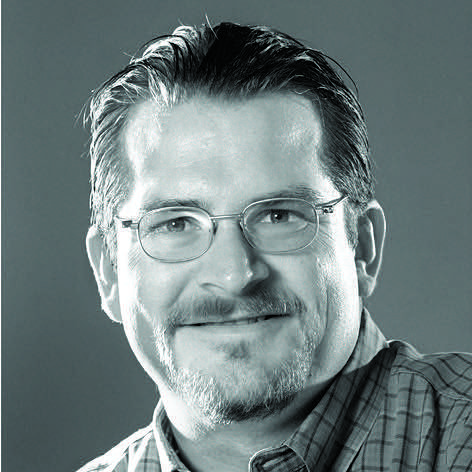
Ciao Allan! Hai accumulato quella che è sicuramente una delle collezioni delle Diana più complete al mondo. Cosa ti ha spinto ad iniziare? E quando hai iniziato la collezione?
Ho iniziatoquesta collezione quandofrequentavo l'Ohio Institute of Photography. Abbiamo dovuto usare una delle fotocamere tipo la Diana, un clone per un incarico. Ho adorato l'effetto sognante e la semplicità del suo utilizzo. Diversi modelli li ho trovati nei mercatini delle pulci. Possedevo più o meno 15 tipi diversi nel 2000. Ma con Internet la mia collezione è cresciuta a passi da gigante dal 2000 ad oggi. Ogni giorno guardavo su eBay e quando ho trovato una nuova macchina, la registravo e poi provavo a vincerla al miglior prezzo possibile.
Al di là di tutta la tua collezione, Diana e cloni, quale fotocamera è la tua preferita in assoluto?
Devo dire che la Playtime Candid Camera è il mio clone preferito. Ha la parte superiore in plastica rossa al posto del blu. Sono riuscito ad acquistarlo con una scatola davvero bella nel 2002. Ho pagato 97,00 dollari e pensai di aver pagato un fortuna. Ma il colore rosso era così insolito, pensavo ne valesse la pena. Ho postato le foto sul mio sito web e un mese o due dopo mi hanno offerto dal Giappano 500,00 dollari. In qual momento ho capito che avevo fatto un buon acquisto.
Raccontaci la storia più incredibile che c'è stata dietro ad uno dei tuoi acquisti con la Diana.
I purchased a collection of Dianas and clones from someone who had seen my Diana web page. It consisted of at least 30 cameras — some of which I already had and some of which I did not. But one of the cameras in the collection was the “Future Scientist Flash” photography kit. This, as far as I know, is a one-of-a-kind camera and kit. The entire kit had a developing tray, chemical, tongs, instructions, a safelight and more, completely intact. The box was not broken or crushed, and it was an amazing find.
Ho acquistato una raccolta di Diana e dei suoi cloni da qualcuno che aveva visto la mia pagina web Diana. Erano almeno 30 fotocamere, alcune le avevo già, ma altre no. Una delle fotocamere della collezione era il kit fotografico "Future Scientist Flash". Questo, per quanto ne so, è una fotocamera e un kit unico nel suo genere. L'intero kit aveva tutti gli accessori ancora intatti: sviluppo, prodotti chimici, pinze, istruzioni, una luce di sicurezza. La scatola era in buone condizioni ed è stata una scoperta incredibile

Indica tre motivi per cui un fotografo dovrebbe provare Diana.
(1) E' una fotografia semplice: nessun gadget, nessuna impostazione o messa a fuoco. Permette al fotografo di concentrarsi sul soggetto e sulla composizione. (2) La fotocamera è molto permissiva; ti permette di evadere con una cattiva illuminazione. (3) Concentra allo stesso livello le condizioni per tutti i fotografi. Lascia fuoriuscire il talento del fotografo, perché se un fotografo può scattare una foto fantastica con una Diana, è davvero un grande fotografo.
Per favore, raccontaci qualcosa che nessuno conosce.
Qui riporto una lettera di Maud Ramadan, che è stampata su un lato della scatola della Sinomax Diana Camera. Questo è poco conosciuta
Una lettera da Maud Ramadan, Londra, Inghilterra
Hi Allan,
Thanks for your e-mail. Yes, that’s me! How astonishing! When I
thought about what I would write for you I realized that what I know is
a lot about the company and very little about the camera itself. But I’ll
tell you and hope that some of it is of interest or use to you.
My company was called Sino Trading Company. The company’s business
was import/export with the Far East - importing from Hong Kong various
stuff like plastic flowers, ‘fancy goods’ and clothing and exporting scientific
& agricultural equipment to China (how funny that seems now!).
It was a very small company with two directors, who were cousins, a
shipping manager, a transport manager and an accountant, as well as
various clerks. I joined it in 1960 straight from school at the age of 16 as
a junior clerk and I stayed for 7 years, by which time I had climbed quite
well up the ladder. There were about 12 of us to begin with but business
boomed and the numbers grew. It was a very happy office. In the mid
1960s several of the girls used to spend their lunch hour at the Cavern, a
jazz club a few hundred yards from our office block, listening to various
groups, including the Beatles, doing lunch time sessions. I never went -
I was a snobby jazz fan and could only deplore their poor taste!
Eventually, the company expanded and moved from Liverpool to an
industrial development in Runcorn, further along the Mersey. I left
shortly after that.
The managing director was Denis Rattle, a flamboyant character
(who reputedly had played jazz piano with the Stanley Black Orchestra),
and he dealt with the import business. I worked on this side of the
company. His cousin, Ronald Trendell was a gentleman and he ran the
export (the serious) side of things - his favorite word was ‘efficiency’.
The firm was very well run, hence its quiet success. The import side was
divided into two sections and (unfortunately for this story) the camera
was not handled by my section.
Denis Rattle made periodic trips to Hong Kong where we had 4 main
suppliers. I don’t know which of these supplied the camera. One day
he took me up to the roof of the building where we had our office (the
Corn Exchange in Liverpool city centre) and took some photographs of
me with his very expensive Leica camera. He didn’t tell me why but I
was probably about 17or 18 (judging from the ‘blancmange’ hair style!)
and he was the managing director so I didn’t ask. Then some months
later the Sinomax camera arrived and there I was on the side of the box.
On the other side Denis had placed a picture of his son, Simon, as a baby
Simon was at that time about 8 or 9, I suppose. He often came into the
office with his dad on a Saturday morning, to have a play with the typewriters
and to chat to whoever was in that week.
We used to play ‘composers’ which was Simon’s made-up game of
going through the alphabet and alternately having to find a composer
with a name beginning with a particular letter. I don’t remember him ever
being stuck, whereas I often had to make up a name so he wouldn’t win.
I never got away with it though - he’d always say, ‘That’s funny. I’ve never
heard of him.’ He inherited his dad’s musical talent and became a superb
conductor. I remember being overwhelmed at a performance of Porgy &
Bess which he conducted at the Liverpool Philharmonic Hall. He is now
Sir Simon Rattle, conductor of the Berlin Philharmonic Orchestra.
After leaving Sino T.C. I became half of a publishing partnership with
a family friend called Fritz Spiegl. He had the ideas for the books about
local history and local humor and I did the administration using the
good training I had had at Sino TC. So, my career was not as illustrious
as my co-star on the Sinomax box, but Scouse Press was good fun for the
next few years, until I found my true vocation - as a mother.
That’s the background and I’m sorry that I can’t tell you any more about
the camera itself. As I said, my department didn’t handle it so I don’t
know how many we imported or how many years we sold it. I can’t remember
it being a runaway success, though. I used to see it occasionally
in shop windows in Liverpool and I suppose it was sold throughout the
country.
I hope there’s something of interest that you can extract from these ramblings.
You have my picture as a teenager and you asked for a current one for comparison.
Unfortunately I can’t do this because my computer is primitive and I have no scanner.
But if you really think you could use one, my sons have up-to-the minute technology
and I could ask one of them to e-mail one to you.
Kind regards,
Maud Ramadan
Thursday, November 25th 2004
Se la Diana fosse un animale, cosa sarebbe?
Questa è una domanda difficile! Credo che la paragonerei ad un alligatore. Loro vedono le immagini in modo sfocato. Le specie in generale non sono cambiate molto nello schema dell' evoluzione. La Diana viene utilizzata per scatti "snap", paragonati al suono delle mascelle del gator in movimento, e persino una sua clone è chiamata "Snappy".
Quale tratto della personalità è fondamentale per scattare grandi scatti di Diana?
Un occhio e un dito rapidi. L''immaginazione e occhio abile.
Pensi che la Diana si presti maggiormente a scatti a colori o in bianco e nero?
Penso che le fotografie siano migliori in bianco e nero. Il bianco e nero è più indulgente ed è necessario quando scatti con la Diana. Si può lavorare molto con il contrasto e questo crea una buona fotografia.
Se il direttore della Great Wall Plastics Factory fosse seduto proprio accanto a te, cosa vorresti dirgli?
Mi piacerebbe conoscere le cifre esatte di quante fotocamere Diana sono state prodotte rispetto ai suoi cloni. Mi stupisce sempre vedere come online una Diana venga venduta per quasi $ 100,00 su eBay, rispetto ad un suo clone che raramentearriva ai $ 25,00 o meno. Posso garantirvi che la gente vuole il nome "Diana".
Qualche consiglio per i nuovi fotografi che usano la Diana?
Sono tutti la stessa fotocamera, Diana o cloni, e danno al fotografo praticamente lo stesso effetto. Ma se si cercano effetti diversi, bisogna provarne diverse. Tutto varia leggermente. se scegli di acquistare un pacchetto Diana, solo per il nome "Diana" si paga. Mentre se si acquistano un paio di cloni li paghi allo stesso preso di una "Diana", ovvimente ti permetterà di sperimentare molto di più mentre cerchi il tuo stile con queste fotocamere giocattolo.
2018-07-04
















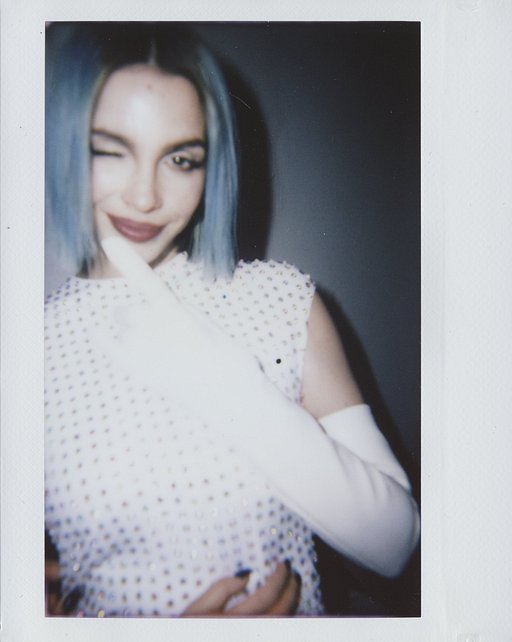



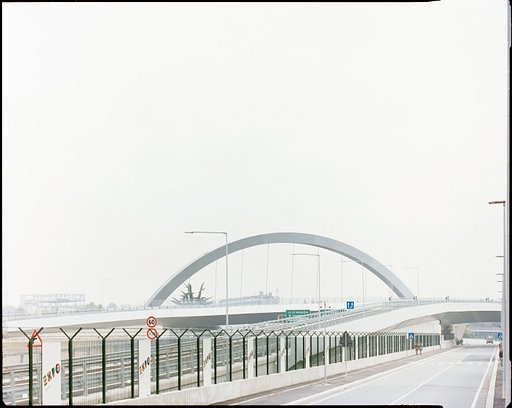


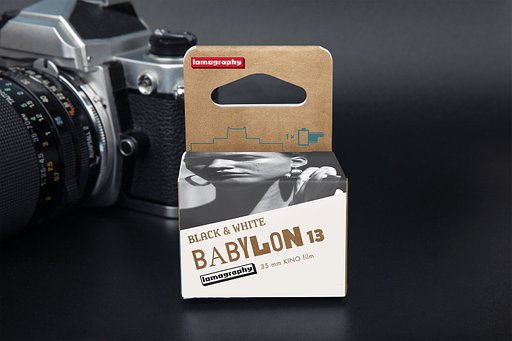
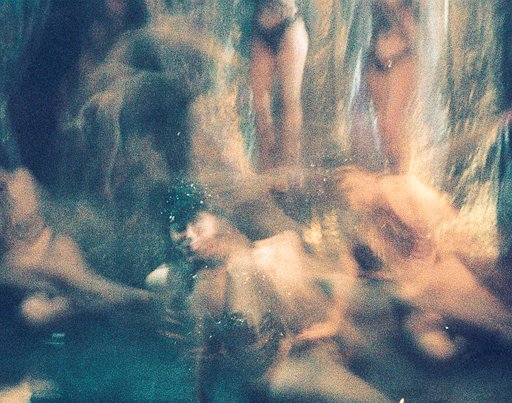


Nessun Commento